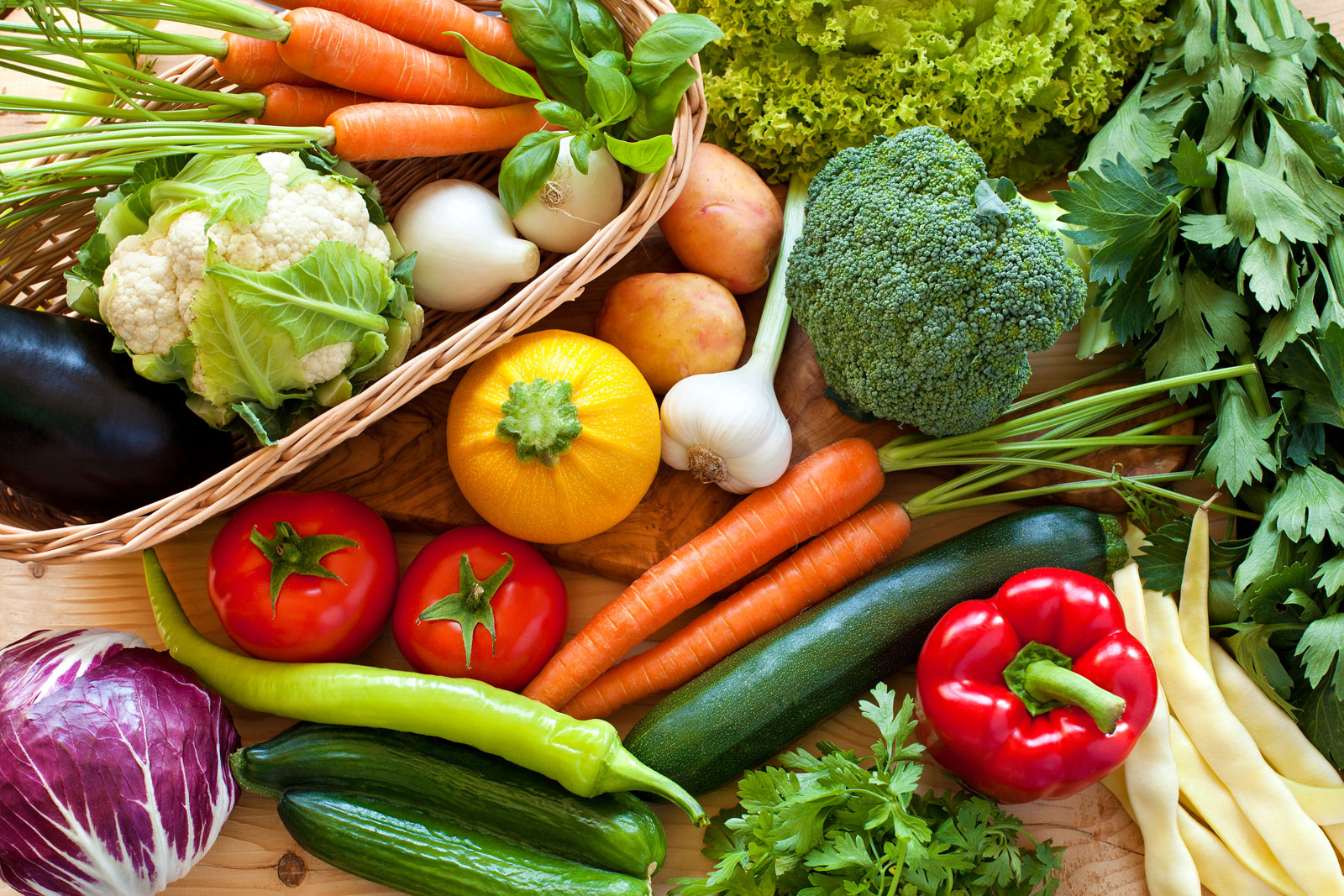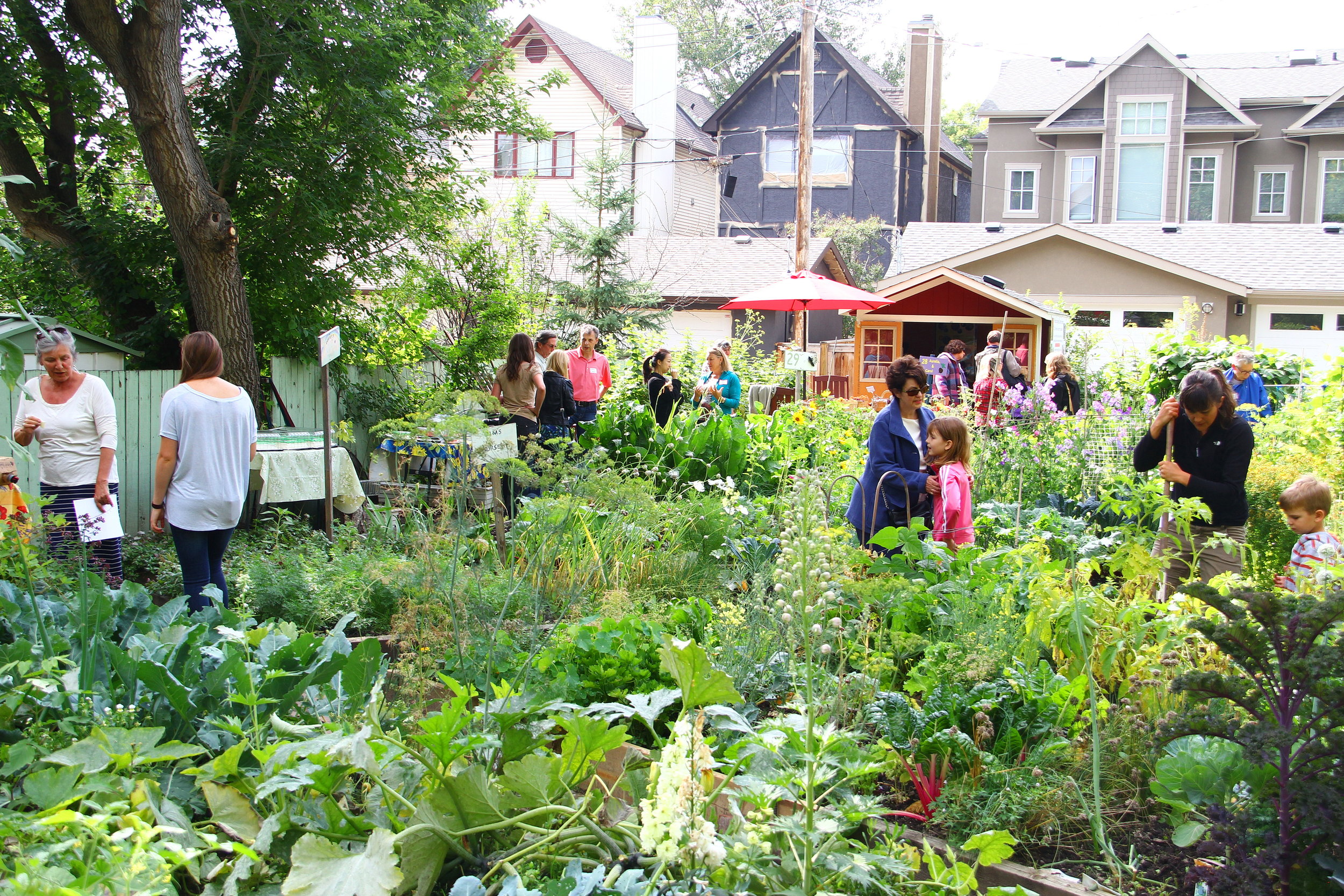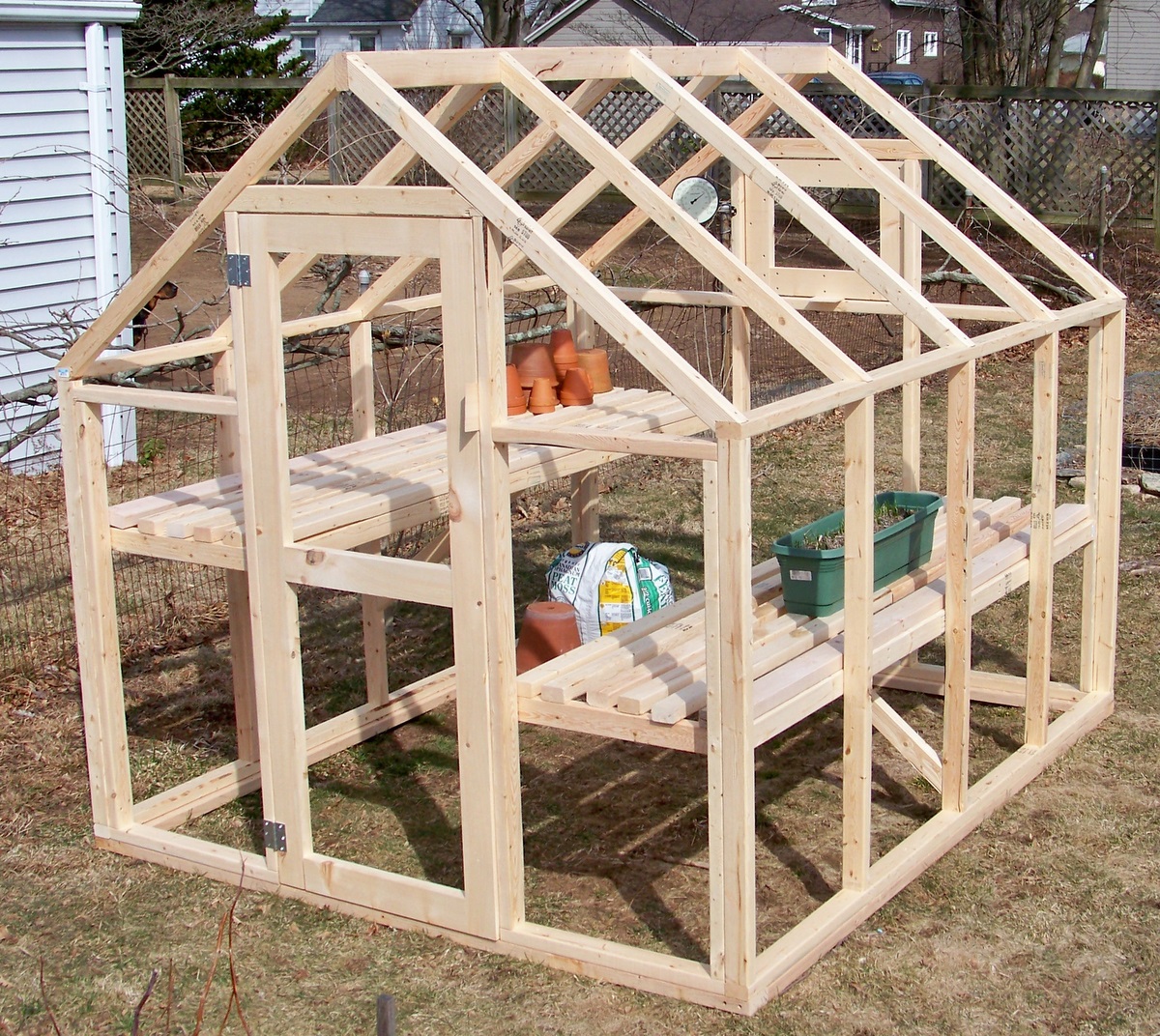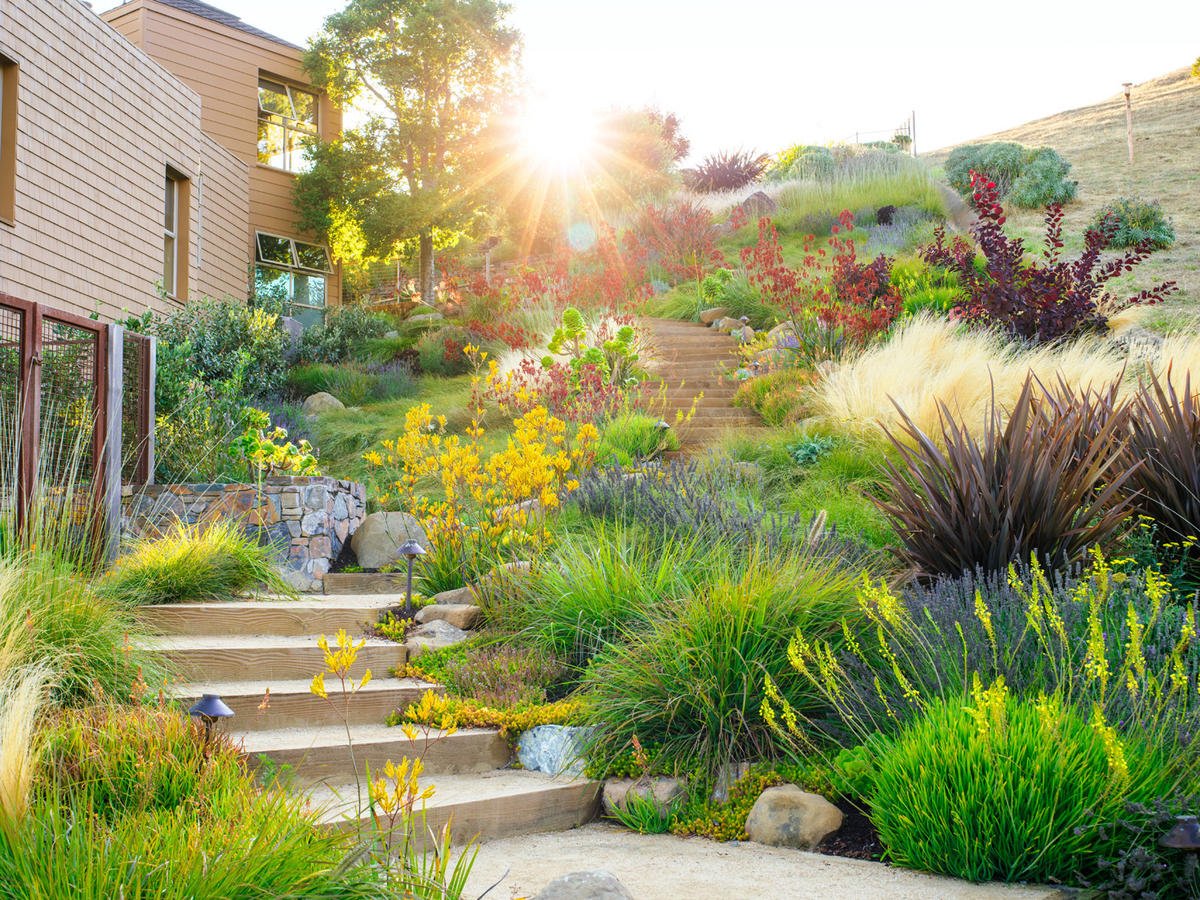Gardening in the United States offers a unique opportunity to cultivate a wide variety of fruits and vegetables. Whether you’re a seasoned gardener or a beginner, growing your produce is a rewarding experience that brings fresh flavors to your table and a sense of accomplishment to your daily life. The U.S. is home to diverse climates and soil types, making it possible to grow an impressive array of crops. In this article, we’ll explore some of the best fruits and vegetables to grow across the country, ensuring that your garden is as bountiful as possible.
Understanding Your Growing Zone
Before diving into specific fruits and vegetables, it’s essential to understand your USDA Hardiness Zone. The United States Department of Agriculture (USDA) divides the country into 13 zones based on the average minimum winter temperature. Knowing your zone helps you choose plants that will thrive in your region’s climate. For example, Zone 3, which includes parts of Minnesota and North Dakota, experiences much colder winters than Zone 10, covering areas of southern Florida and Hawaii.
The Mighty Tomato
Tomatoes are arguably the most popular garden vegetable in the U.S. and for a good reason. They’re incredibly versatile, easy to grow, and come in a wide variety of shapes, sizes, and colors. From juicy beefsteaks perfect for sandwiches to cherry tomatoes that add a burst of sweetness to salads, there’s a tomato variety for every taste.
Best Zones: Tomatoes thrive in Zones 4-10, making them a great option for gardeners across much of the country. However, in cooler zones, starting seeds indoors or using a greenhouse can extend the growing season.
Tips: Provide tomatoes with plenty of sunlight, at least six hours per day, and well-drained soil. Regularly prune the lower leaves to prevent disease and improve air circulation.
Sweet, Sweet Strawberries
Who doesn’t love the taste of a freshly picked strawberry? These sweet, red jewels are a favorite among gardeners and can be grown in various climates. Strawberries are perennials, meaning they come back year after year, making them a great long-term addition to your garden.
Best Zones: Strawberries are adaptable and can be grown in Zones 3-10. In colder zones, mulch can protect the plants during winter.
Tips: Strawberries need well-drained soil and plenty of sunlight. Consider planting them in raised beds or containers to keep the fruits off the ground, reducing the risk of rot.
Crisp and Refreshing Cucumbers
Cucumbers are a staple in many American gardens, known for their crisp texture and refreshing taste. Whether you’re slicing them for a salad or pickling them for later, cucumbers are easy to grow and yield a generous harvest.
Best Zones: Cucumbers thrive in Zones 4-12, preferring warmer climates but still doing well in cooler areas with proper care.
Tips: Provide cucumbers with a trellis to climb, which helps keep the fruits straight and reduces the risk of disease. Water them consistently, as cucumbers can become bitter if allowed to dry out.
Peppers: From Mild to Wild
Peppers add flavor, color, and spice to any dish, and they’re a fun crop to grow in your garden. Whether you prefer the sweetness of bell peppers or the fiery heat of jalapeños and habaneros, there’s a pepper variety that will suit your taste buds.
Best Zones: Peppers do best in Zones 5-10, where they can enjoy plenty of warm sunshine.
Tips: Peppers love heat, so plant them in the sunniest spot in your garden. Mulching around the plants can help retain moisture and keep the roots warm. If you’re growing hot peppers, be sure to handle them with care—those oils can linger on your skin!
The Versatile Zucchini
Zucchini is a prolific grower, often surprising gardeners with how much a single plant can produce. This versatile vegetable can be grilled, baked, stuffed, or turned into zucchini bread, making it a favorite in American kitchens.
Best Zones: Zucchini grows well in Zones 3-9, adapting to both cooler and warmer climates.
Tips: Zucchini plants can take up a lot of space, so give them room to spread. Harvest zucchinis when they’re small and tender—large zucchinis tend to be tougher and less flavorful.
Juicy Blueberries
Blueberries are a delicious, antioxidant-rich fruit that’s perfect for snacking, baking, or adding to smoothies. They’re also relatively easy to grow, provided you have the right soil conditions.
Best Zones: Blueberries thrive in Zones 3-8, with some varieties better suited to colder climates.
Tips: Blueberries prefer acidic soil with a pH between 4.5 and 5.5. If your soil isn’t naturally acidic, you can amend it with sulfur or use a commercial acidifier. Blueberries are also more productive when planted with another variety for cross-pollination.
The Nutrient-Packed Kale
Kale has risen to superfood status in recent years, and for good reason. It’s packed with vitamins and minerals, and it’s incredibly hardy, making it an excellent choice for gardeners across the U.S.
Best Zones: Kale grows well in Zones 2-10 and can tolerate a wide range of temperatures.
Tips: Kale prefers cooler weather, so plant it in early spring or late summer for a fall harvest. It can withstand light frost, which improves its flavor.
Apples: An American Classic
Apple trees have a long history in the U.S., and they’re a fantastic addition to any garden with enough space. From sweet to tart, apples come in many varieties, each with its unique flavor profile.
Best Zones: Apples are best suited to Zones 3-8, depending on the variety.
Tips: Apple trees require cross-pollination, so you’ll need at least two different varieties for the best fruit production. Pruning is essential to maintain tree health and ensure a good harvest.






Leave a Reply